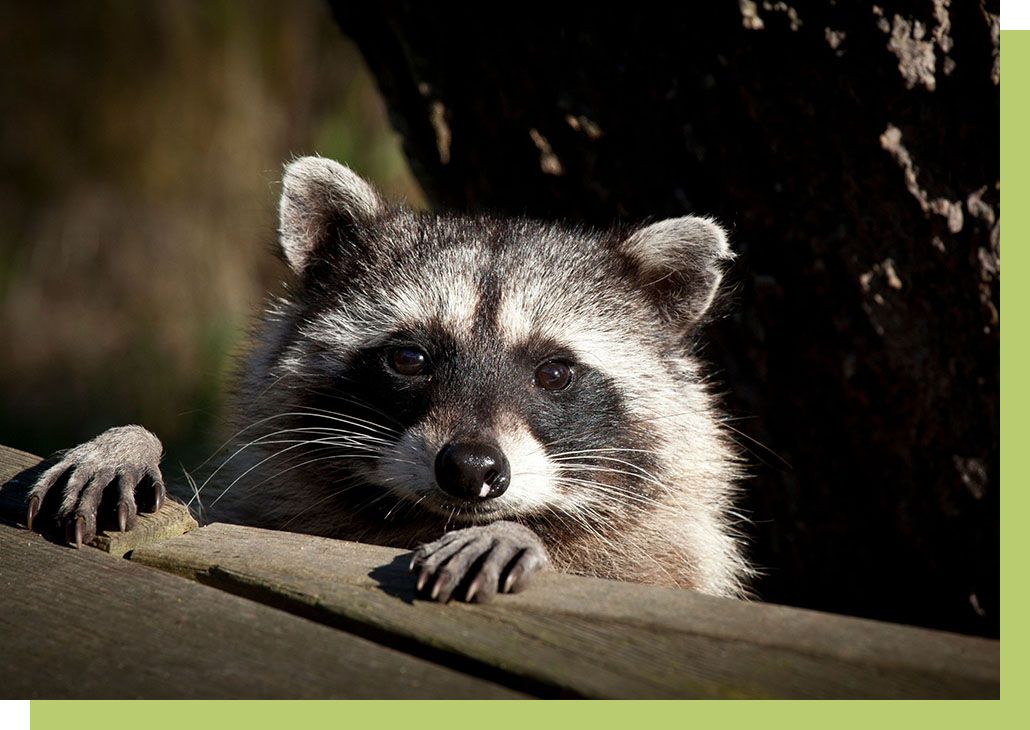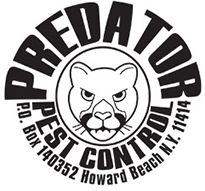Wildlife
Wildlife

Do traps work? Yes. But it has to be the right type of trap, and it has to be used in the right way with the right bait in the right place.. There are dozens of types of traps, including some live traps and some lethal traps. Trapping should be left to a professional License nuisance wildlife trapper. When homeowners trap they make costly mistakes that not only can hurt the animal but cause unneeded damage to there home or property, not to mention breaking certain laws that are put in place to protect wildlife.

Wildlife Traps
Single Animal Live Cage Trap: This is, by far, the most common type of trap used by do-it-yourself homeowners. There are many different makes and models of cage traps. One of the most common sold in most hardware stores is the Havaheart cage trap. The fact that it’s readily sold to the public often leads people to believe that they can just go out and trap animals.
However, there are many very important considerations when wildlife trapping that one should consider before just buying a trap and setting it. These Cage traps are generally metal cages into which the animal enters, lured in by food. Near the back of the cage is a trip pan. When the animal steps on the pan, it triggers the trap door shut and the animal is trapped inside, alive. Some of these traps are made from different materials, such as solid-walled plastic or other materials. Most are made from steel bars.
RACOON CAPTURE
A cage trap needs to be large enough to hold the animal in question. If it’s too small, the animal won’t fit inside or may trigger the trip pan but not allow clearance for the door to shut all the way. If it’s too large, the animal may run around and smash itself against the cage walls and hurt itself. Its important to use the correct trap and make sure the trap works well before setting it. If an animal goes into a trap and somehow gets out after setting the trap off it may become ” trap shy” that animal will never go into any other trap that resembles the one they had that bad experience with again,.
Repeating Live Cage Trap: A great trapping option used by professionals. Mount this trap on the hole that the squirrels are using to enter and exit the house. If all alternative routes of escape are sealed off, the squirrels have no choice but to enter this trap on their way outside to get food and water. This trap has a one-way door that allows the squirrels into the trap, but not back out. These traps can hold many squirrels (I’ve caught up to six at once).
One-Way Exclusion Door: Even better than the repeater, in my opinion. This may be the best method for removing animals from attics. The one-way door is simply open on the end. The animals are able to leave the attic and push their way through the spring loaded one-way door, but then they can’t get back in. They are all blocked outside, and the problem is solved! The only drawback is if the home has much wood or is in a bad state of disrepair. In such a case, certain animals will simply chew their way back in elsewhere, or do a lot of damage chewing all over the place. If this is a concern or if you don’t want the animals acclimated to your attic on your property anymore, then trapping is the better option.
- How Do I Target The Correct Animal? One problem amateurs encounter is that they set a trap and catch non-target animals instead of the animal that is causing the problem. This isn’t often the case with squirrels, however, as they are often territorial. Still, the best way to get the squirrels you want is to set the traps on the roof, near the entry points. Traps set in the attic will not catch squirrels all the time. Of course, setting a repeater trap on the exit hole ensures complete capture of the target squirrels.
- What if I Can’t Catch it at All? Failure to catch the animal commonly arises amongst people who don’t know much about trapping. So many important and subtle nuances go into successful trapping. The right type of traps must be set, they must have no defects, and they must have the correct pan tension. It must be flush with the roof or bolted to fascia boards with no wobble. It must be set in the animal’s path of travel or exploration. If it’s a repeater trap, there must be no other alternative areas of exit, the spring must be the right tension with no blockage, etc. This is why we recommend using license nuisance wildlife trappers. It is not as simple as most homeowners believe it is at first.
- What Types Of Accidents Can Occur With Trapping? There are many different types of accidents that can occur when an inexperienced trapper attempts to trap. If you try to set your trap on the roof there are slip and fall dangers as well as not properly securing the trap hazards that may happen. I would never advocate an inexperienced person to work on a roof or with ladders.W hen trapping raccoons there are many dangers including but not limited to getting attacked by a protective mother or even worse a rabid raccoon.
All of Predator Pest Control nuisance wildlife operators are licensed by the New York State Department Of Environmental Conservation. All of our technicians are licensed to trap, remove, transport and or euthanize nuisance wildlife. Our nuisance wildlife operators are all very experienced in trapping squirrels, raccoons, fox, rabbit, opossums, skunk, snakes and any other wildlife that may be doing harm to you or being destructive to your property. Please feel free to contact our wildlife control office for a free inspection and or estimate.
Our services extend to a wide variety of facilities:
- Hospitals
- Health care facilities
- Nursing homes
- Day care facilities
- Schools
- Office Buildings
- Hair salons, Barber shops & Nail salons
- Supermarkets, Restaurants & Bars
- Industrial properties, Food processing plants, Warehouses & Storage facilities
- All commercial properties
Ready to Get Started?
Call or email us today and let our services speak for themselves.
